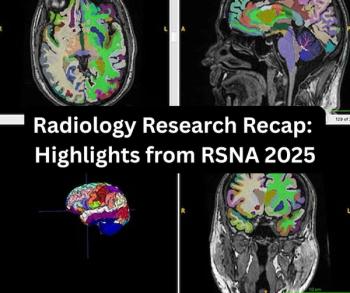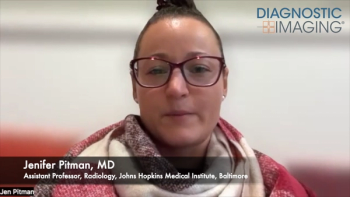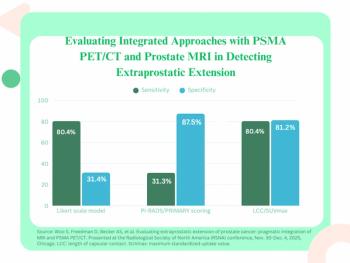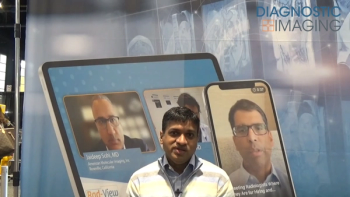
CT popularity promises to grow with technology enhancements
Radiologists expect to gain new ground with CTAMultidetector CT now accounts for a substantial majority of CT procedures. The popularity of this technology is expected to grow even more, according to a survey of American Roentgen
Radiologists expect to gain new ground with CTA
Multidetector CT now accounts for a substantial majority of CT procedures. The popularity of this technology is expected to grow even more, according to a survey of American Roentgen Ray Society (ARRS) members.
About three-quarters of radiologists surveyed by the ARRS predominantly use multidetector CT scanners. More than two-thirds plan to expand the number of CT scanners in their practices over the next five years. And more than half expect their new equipment to offer two to four times the number of slices built into their current systems.
The results were tallied as part of a project cosponsored by ARRS and Philips Medical Systems in an attempt to get a handle on the current state of CT practice and how it might evolve in the coming years. Data were analyzed from a Web survey returned by 241 ARRS members, all practicing radiologists with an average length in practice of 13 years.
Respondents were especially enthusiastic about CT's potential to replace competing modalities. About 78% said CT could knock off aortography, 77% said excretory urography, 43% said cerebral arteriography, 36% said coronary arteriography, and 9% said cardiac catheterization.
"The appetite for what CT can do is growing," said ARRS vice president Bruce McClennan, a professor of radiology at Yale University and director of CT at Yale New Haven Hospital.
This appetite will build a rising tide of patients, according to the survey. McClennan noted that 86% of respondents expect CT to get a larger percentage of patient flow than it does now-17% expected a much larger percentage and 69% expected a somewhat larger percentage.
Demand should help inflate the budget allocated for CT purchases. Some 42% of those surveyed said they expect CT to get a larger percentage of dollar resources in their practices than it does now. Another 3% expect a much larger percentage.
But the road ahead could have some speed bumps. Multidetector data overload and radiation dose problems loom as major concerns. Some 47% of ARRS respondents said data management was their number one concern. Another 26% pegged radiation dose as their biggest worry.
Newsletter
Stay at the forefront of radiology with the Diagnostic Imaging newsletter, delivering the latest news, clinical insights, and imaging advancements for today’s radiologists.



























